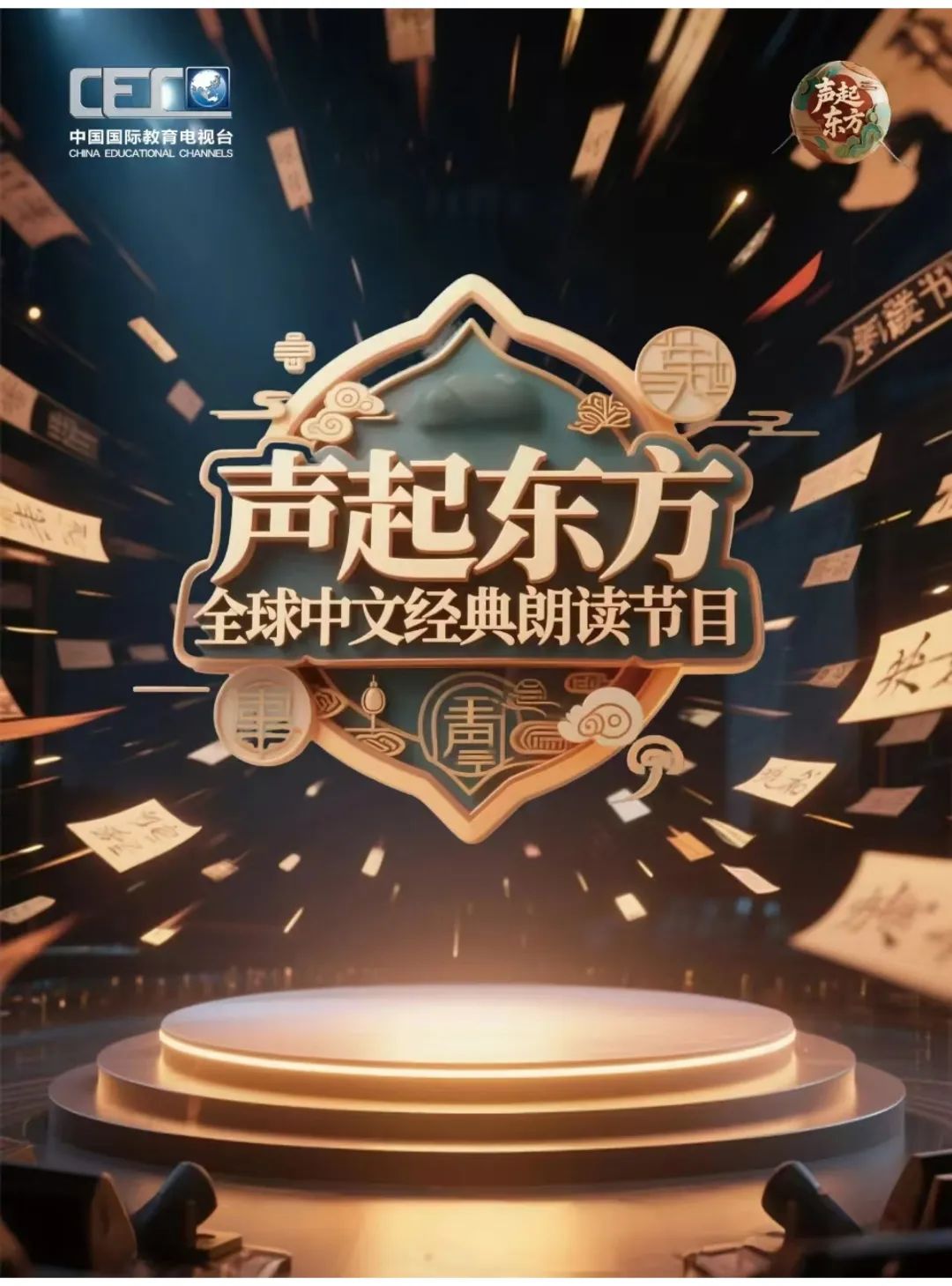休闲英语:Email电子邮件地址中的@符号含义

That little "a" with a circle curling around it that is found in email addresses is most commonly referred to as the "at" symbol.
小写字母“a”外加个圆圈,这一符号常出现在email(电子邮件)地址中。
Surprisingly though, there is no official, universal name for this sign. There are dozens of strange terms to describe the "@" symbol.
然而令人感到惊奇的是,这一标记居然没有官方的,通用的名称。有几十个奇怪的术语用来描绘“@”这一符号。
Before it became the standard symbol for electronic mail, the "@" symbol was used to represent the cost or weight of something. For instance, if you purchased 6 apples, you might write it as 6 apples "@" $1.10 each.
“@”这一符号在成为电子邮件的标准符号之前,曾被用来表示物品的单价或质量。例如,你买6只苹果。就可以写成"六只苹果,每只“@” $1.10,表示每只苹果1.10美元。
With the introduction of e-mail came the popularity of the "@" symbol. The "@" symbol or the "at sign" separates a person's online user name from his mail server address. For instance, joe@uselessknowledge.com. Its widespread use on the Internet made it necessary to put this symbol on keyboards in other countries that have never seen or used the symbol before. As a result, there is really no official name for this symbol.
随着电子邮件的使用,“@”这一符号越来越普及了。符号“@”或“at”标记将上网用户的姓名与其邮件的服务器地址分开。例如:joe@uselessknowledge.com. 这一符号在因特网上的广泛使用使得许多以前从未见过或使用过它的国家必须在它们的电脑键盘上加上这一符号键,结果造成这一符号并没有真正的官方名称。
The actual origin of the "@" symbol remains an enigma.
“@”符号的确切起源仍然是谜。
History tells us that the "@" symbol stemmed from the tired hands of the medieval monks. During the Middle Ages before the invention of printing presses, every letter of a word had to be painstakingly transcribed by hand for each copy of a published book. The monks that performed these long, tedious copying duties looked for ways to reduce the number of individual strokes per word for common words. Although the word "at" is quite short to begin with, it was a common enough word in texts and documents that medieval monks thought it would be quicker and easier to shorten the word "at" even more. As a result, the monks looped the "t" around the "a" and created it into a circle-eliminating two strokes of the pen.
历史告诉我们,“@”这一符号起源于中世纪僧侣疲劳的双手。中世纪时印刷机尚未发明,要出版一本书,每一个单词的每一个字母都得用手工辛苦的刻出来。从事这项长时间辛苦誊写刻画的僧侣们就开始寻找减少每一个常用字笔画数的方法。虽然“at”这一单词开始写起来很短,但它在文本和文件中频繁出现。中世纪的僧侣们就想到如果能进一步简化它,就可以写起来更快更容易。结果,僧侣们就在a四周画了一个圈,从而省却了字母“t”的两个笔
版权及免责声明
1、本网转载媒体稿件旨在传播更多有益信息,并不代表同意该观点,本网不承担稿件侵权行为的连带责任;
2、在本网博客/论坛发表言论者,文责自负。
-
 百集访谈栏目《健康大讲堂》地龙与
人民健康是社会文明进步的基础,是民族昌盛和国家富强的重要标志,也是广大人民群众的共同追求。无论你的目标是什么?无论你的生活方式如何?健康都是你实现目标的基础和保
百集访谈栏目《健康大讲堂》地龙与
人民健康是社会文明进步的基础,是民族昌盛和国家富强的重要标志,也是广大人民群众的共同追求。无论你的目标是什么?无论你的生活方式如何?健康都是你实现目标的基础和保
-
 CECTV《声起东方》全球中文经
制片主任:李敏
CECTV《声起东方》全球中文经
制片主任:李敏
- ・《少林点穴的隐秘力量》纪录片在郑州圆满杀青
- ・2025GT世界挑战赛北京亦庄站启幕
- ・北京市侨联召开海外北京会座谈交流会
- ・2025GT世界挑战赛北京亦庄站圆满落幕
- ・短片【未封存的岁月日记】的时代意义
- ・侨智未来·创新人才发展活动举办
- ・2025GT世界挑战赛北京亦庄站筹备进入冲刺阶段
- ・无锡味道 世界共享LA LISTE 2025全球美食
- ・2025“校园星主播”国际展演(韩国站)圆满结束
- ・“勇气少年团”综艺节目开始选拨啦
- ・CECTV《声起东方》全球中文经典朗读节目
- ・美国迈阿密大学访问学者项目
- ・2012第二届中国国际积极心理学大会
- ・首届世界香具文化大会暨高峰论坛在浙江龙泉圆满召开
- ・百集访谈栏目《健康大讲堂》地龙与健康第六期---惠汝
- ・海外侨胞:海南自贸港封关 让世界共享中国开放发展红利
- ・巴基斯坦驻华大使馆举办第二届职业技术教育与培训(TV
- ・百集访谈栏目《健康大讲堂》地龙与健康第五期---封太
- ・中国中医药食同源AI大健康产业发展峰会在长沙成功举办
- ・北京河南企业商会文旅和传媒委员会成立大会暨文旅与传媒
- ・百集访谈栏目《健康大讲堂》地龙与健康第四期---陈学
- ・海外华侨华人:中华民族的伤痛永远不能忘却,来之不易的
- ・百集访谈栏目《健康大讲堂》地龙与健康第三期---李振
- ・百集访谈栏目《健康大讲堂》地龙与健康第二期 曾耀辉张
- ・CECTV《声起东方》全球中文经典朗读节目
- ・“勇气少年团”综艺节目开始选拨啦
- ・2025“校园星主播”国际展演(韩国站)圆满结束
- ・首届世界香具文化大会暨高峰论坛在浙江龙泉圆满召开
- ・2012第二届中国国际积极心理学大会
- ・美国迈阿密大学访问学者项目










